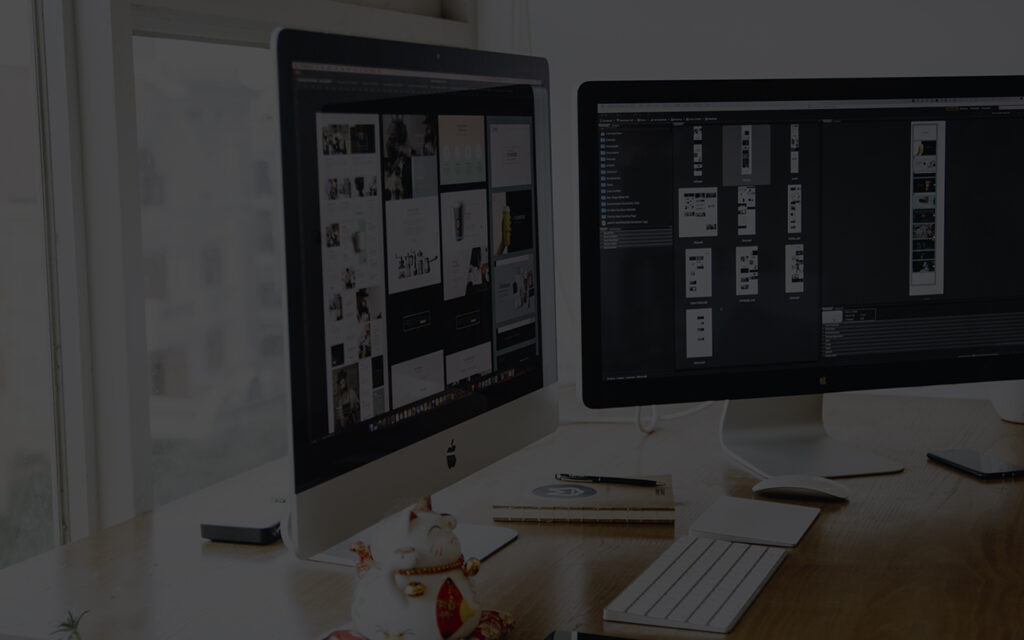Texturing – an integral stage of 3d modeling and visualization of three-dimensional object. Creating texture and its imposition on the 3d model determine its quality, realism and accuracy.
The use of professional computer programs, texturing 3d max, to work with graphics give unlimited opportunities to work with 3d-objects, regardless of the complexity of the configuration of the object, the type of materials and other things.
Texture is an image (raster format), applied to the polygonal model by superimposition, in order to give the model texture, relief and the desired coloring.
Texturing – an important stage in the process of creating and visualizing 3d model of the product, allowing you to give the surface of the volumetric object of certain parameters and properties to give it maximum realism and similarity to the real object.
The quality of texturing an object is determined by such units as texil. Teksil is a set of pixels per 1 unit of texture. The format and image resolution of the texture used directly determine the quality of the final results.
Creating a texture – the main methods
There are the following main methods of texture creation:
- rendering in a 2d graphic editor, for example, Photoshop;
- texture creation in a 3D drawing package, such as Mudbox, ZBrush, Mari or 3D-Coat;
- construction on the basis of procedural maps;
- complex application of procedural techniques of various kinds, 2d and 3d-format.
For example, if you want to create a brick wall texture, you need to perform the following sequence of actions:
creating a plane, finding and finalizing the brick wall texture. Creating a seamless brick wall texture in 2D programs;
to give the brick wall texture a light realistic shine, a shine map is created;
surface roughness is obtained by creating a roughness map;
the reflectivity of the brick wall is created by creating a reflection map.
After passing the sequence of these steps, the modeled plane will turn into a realistic natural brick wall.
There are the following main types of texturing
- relief texturing;
- MIP-texturing.
Relief texturing is a technology for working with 3d graphics, which allows you to create a surface of the modeled object in a rich and realistic performance.
Types of relief texturing
Bump mapping is a technology that allows you to give the surface of the modeled object a relief effect and thoroughly detail it. This effect is created by virtual displacement of pixels, using a single-channel height map and a light source. As a result, you can get participants with different degrees of illumination. Bump mapping is used to create complex bumpy surfaces, protrusions and depressions.
Normal mapping is a method of changing pixel normal on the basis of color normal map. The changes are saved in texels. This method is the most accurate due to the use of 3 texture channels in the normal map.
Parallax occlusion mapping is a local ray tracing method used to determine the heights and visibility of the texel. Thanks to this method, stronger depths of relief are created. However, it does not give the possibility of thorough detailing of objects.
MIP-texturing is a method that uses copies of the same texture illustration, with different degrees of detail, when overlaying textures.
